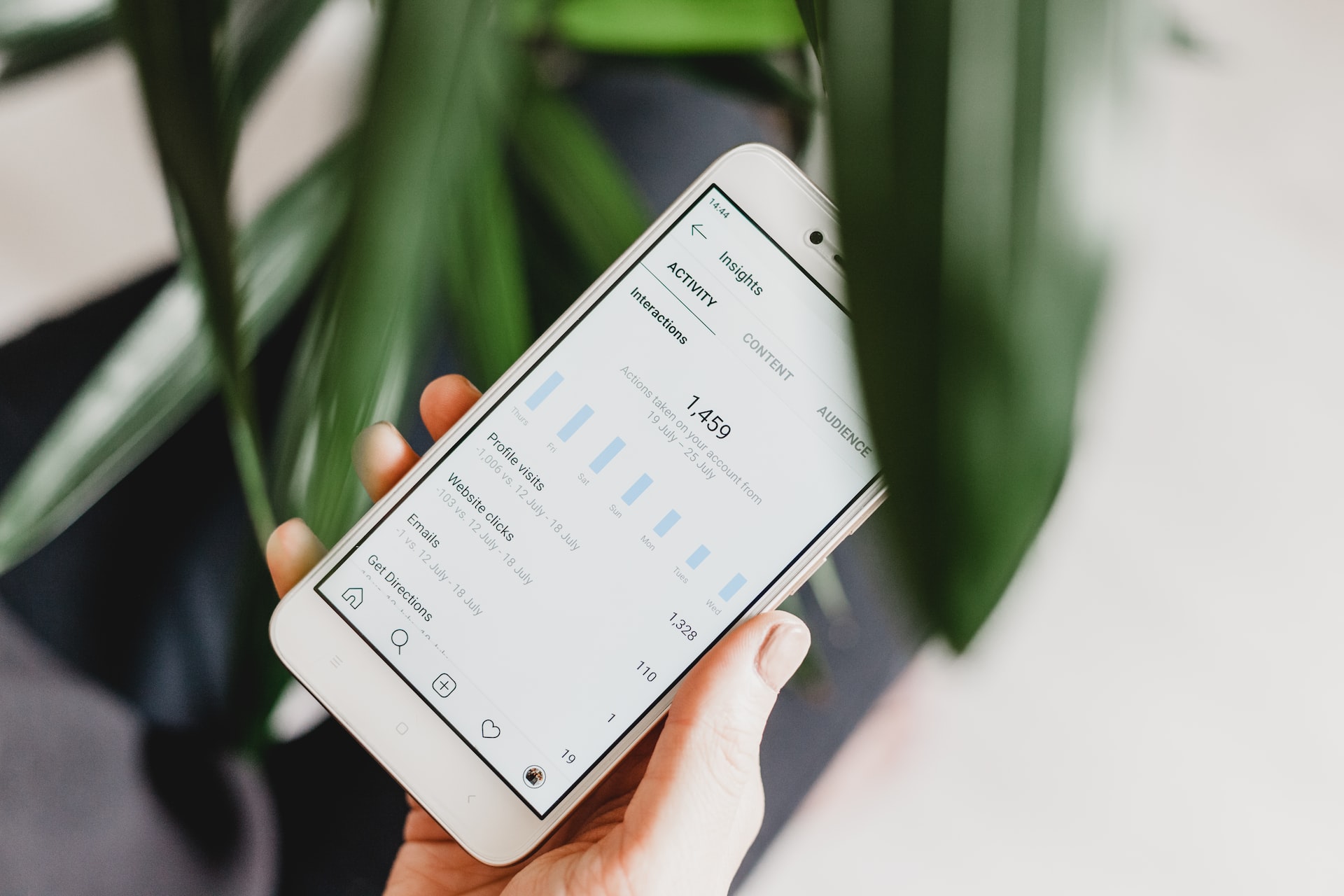Knowing how to quantify and improve your social media ROI (return on investment) are essential skills to have in order to determine whether your efforts are paying off.
We all know that social media has become a pivotal tool for businesses to promote their products and services to a wider audience.
But simply having a social media presence is not enough. After all the time and effort, it’s important to be aware of a palpable benefit to your business.
Not only does this mean you won’t be wasting money, but it plays a crucial role in developing and perfecting your social media marketing approach.
It shows you which aspects are yielding desirable outcomes and which are not. This empowers you to allocate your resources and adjust your tactics to maximise effectiveness.
By the end of this article, you’ll know the best ways to quantify and what you need to do to improve your social media ROI.
Quantifying Your Social Media ROI
Before you can improve your social media ROI, you need to know how to quantify it. Here are the main steps you need to take:
Define Your Objectives
The first step is to define your objectives. You need to identify how your social media objectives will align with the direction your business is taking.
You could simply want to increase conversions and generate leads. Or, you could be looking to raise brand awareness and improve your reputation.
Social media is the ideal place to present your brand as an expert within your industry, and supply valuable content to your audience.
Identify the Metrics to Track
Now that you’ve defined your goals, this next step is easy. Your objectives will determine the metrics you need to track.
Engagement (clicks, shares, comments, mentions etc.) is the most common metric – 36% of social media marketers use this.
Whilst engagement doesn’t have any direct monetary value, it’s integral to creating and maintaining brand loyalty.
For instance, if you’re looking to build a loyal community online, you’ll find engagement rates more valuable than impressions. On the other hand, if you’re looking to increase brand awareness, impressions would be important.
Other common metrics include reach, conversions and website traffic. You can track these metrics using tools like Meta Business Suite, Twitter Creative Studio and LinkedIn Analytics.
It’s a good idea to keep track of these metrics regularly.
Calculate Your ROI
To calculate your social media ROI, you need to subtract the investment you’ve made into your social media content from the value that it created.
You might find this formula for calculating ROI useful:
ROI = (Value achieved – investment made) / investment made X 100 = social media ROI
Being able to understand and proficiently communicate social media ROI will assist in scaling up your social budget and broadening your strategy.
Ultimately, it is always easier to substantiate spending your budget on campaigns that deliver more benefits than their costs.
Identifying Your ROI
Narrowing down your ROI can be done by measuring various KPIs such as your brand’s sentiment, website views, newsletter sign-ups and conversion rates.
When these metrics are performing well, this can lead to increased brand recognition, customer loyalty, and repeat business. Additionally, higher engagement can lead to increased sentiment, boosted website traffic and eventually sales. Measuring this boost in website traffic can be a valuable indicator of ROI.
As more users engage with a business’s social media content, they are more likely to click through to the business’s website. This increases the potential for sales, lead generation, or newsletter signups.
Tools such as Meta Business Suite, Twitter Creative Studio, and Google Analytics are useful for tracking these metrics, as well as third-party apps like Hootsuite or Sprout Social. They provide insight into which channels and tactics are most effective in driving website traffic.
You can also measure the traffic from your social media campaigns using UTM tracking. These are snippets of text added to the end of a URL to help you track where website traffic comes from if users click a link to this URL.
Improving Your Social Media ROI
Now that you know how to quantify your social media ROI, here are some ways to improve it:
Create Quality Content
The key to social media success is to create quality content that resonates with your audience. After all, you need to earn your place in your audience’s feeds. The best way to do this is by providing value.
This means creating content that is informative, entertaining, and relevant to your audience. It’s important not to be overly promotional.
The 80/20 rule is always a good idea: 80% of your posts should be engaging, whilst the remaining 20% can be promotional.
Use a mix of formats to keep your audience engaged, and don’t be afraid to try something new. You could be trying out different posts, stories, carousels and short-form video content.
Optimise your Paid Ads
Paid advertising can be an effective way to reach a wider audience and drive more traffic to your website.
If you’re advertising on social media, try out different ad formats and audience segments to see what works best. There are numerous elements you can adjust to identify the most effective ones.
As you hone in on these more successful elements, you can then allocate more of your budget to those strategies to achieve better results.
This iterative process of testing and refining can lead to a positive impact on your social media ROI, making it a critical aspect of social media marketing.
Do Your Research
Social media is a dynamic environment. Whilst this is great for capitalising on the latest trends, it also means that different content, strategies, and channels can lose effectiveness over time.
Thus, it’s important to constantly update and adapt your social media marketing approach to stay relevant. Engaging and listening to your followers is one of the best ways to gauge this.
You’ll also find it helpful to look at what your competitors are posting on their social media profiles to see if there is any successful content that you can replicate.
But merely gathering this information won’t bring value. Utilising it to enhance your social strategy, however, can be an immeasurably effective way to boost your ROI over time.
Conclusion
Social media can be a powerful tool for businesses to reach a wider audience and drive more sales.
However, to ensure that your social media efforts are paying off, you need to measure your ROI. By defining your objectives, tracking the right metrics, and assigning a value to them, you can calculate your social media ROI.
To improve your ROI, focus on creating quality content, engaging with your audience, optimising your paid ads, and staying on top of best practices and trends.
One of the most important conclusions to draw from this blog is that when seeking to increase your ROI from social media, monetary values are not the only measure of success.
Engagement metrics are not inherently monetary but can be crucial in building brand awareness, loyalty, and customer relationships.
This means that placing too much emphasis on financial metrics can lead to overlooking other essential components that can positively impact your ROI.
At Little Media Agency, our experts know the ins and outs of creating compelling content that grows ROI. We even provide our clients with monthly reports, so they’re always up-to-date on how this is correlating to their objectives.
Get in touch with us to book your free social media consultation today.






Trackbacks for this post